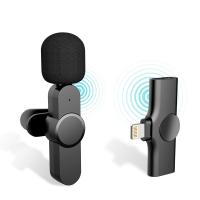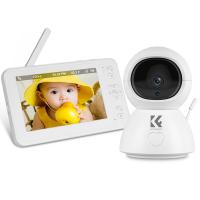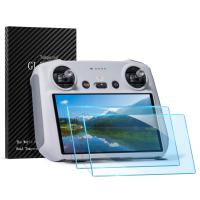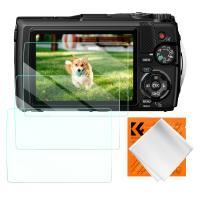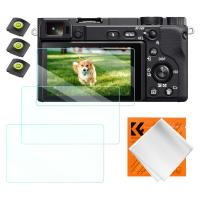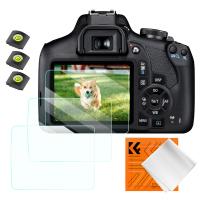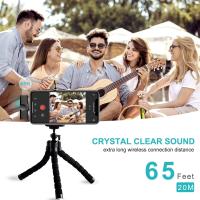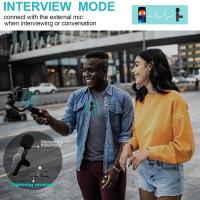How To Screen Record With Sound?
Screen recording with sound is a common requirement for many users, whether for creating tutorials, recording gameplay, or capturing video calls. However, the process can vary depending on the device and operating system you are using. In this article, we will explore the different methods to screen record with sound on various platforms, including Windows, macOS, iOS, and Android. We will also discuss some common issues and troubleshooting tips to ensure you get the best results.
Screen Recording with Sound on Windows

Using Built-in Tools
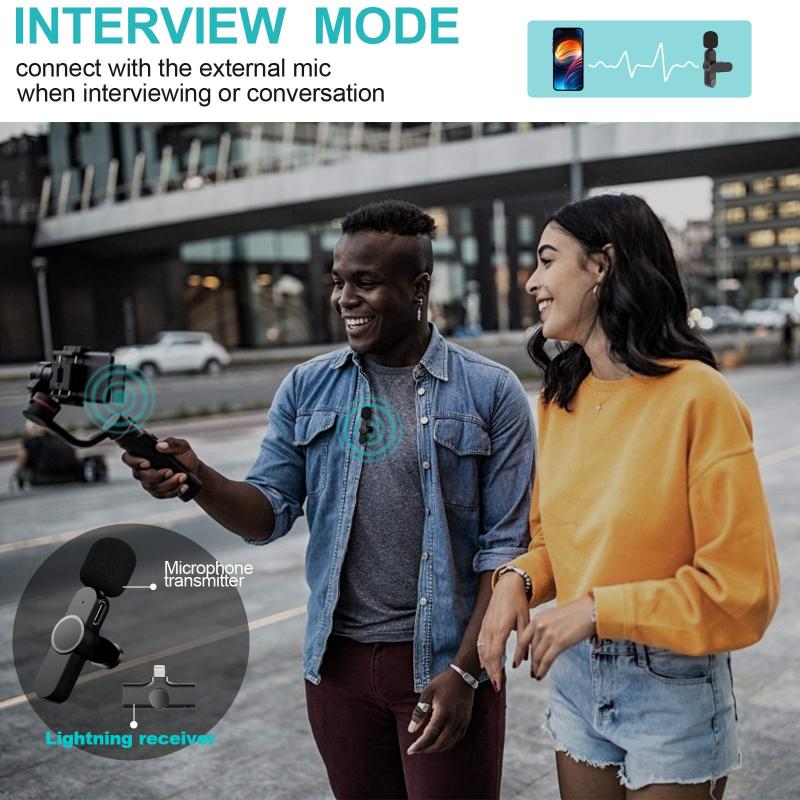
Windows 10 and later versions come with a built-in screen recording tool called Xbox Game Bar. Here’s how to use it:
1. Open Xbox Game Bar: Press `Win + G` to open the Xbox Game Bar.
2. Start Recording: Click on the "Capture" widget (camera icon) and then click the "Start Recording" button (circle icon).
3. Enable Sound: Ensure that the microphone icon is enabled if you want to record external audio. The system audio is recorded by default.
4. Stop Recording: Click the "Stop Recording" button in the Capture widget or press `Win + Alt + R`.
Using Third-Party Software
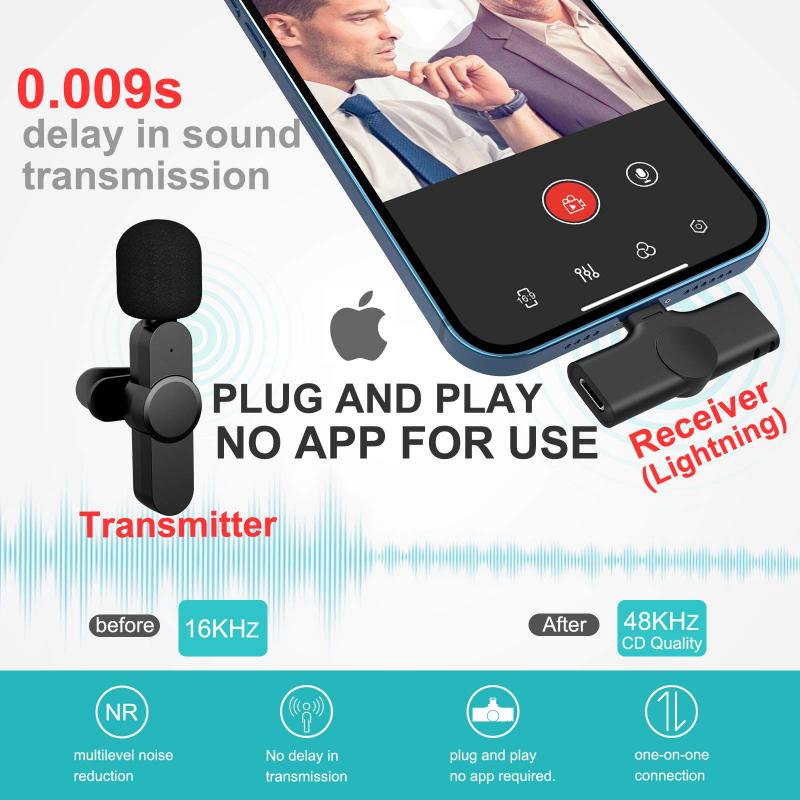
If you need more advanced features, you can use third-party software like OBS Studio or Camtasia.
- OBS Studio: Open Broadcaster Software (OBS) is a free and open-source tool that offers extensive customization options.
- Setup: Download and install OBS Studio from the official website.
- Add Sources: Open OBS and add your screen and audio sources.
- Start Recording: Click on "Start Recording" to begin capturing your screen with sound.
- Camtasia: This is a paid software that offers a user-friendly interface and advanced editing features.
- Setup: Download and install Camtasia.
- Start Recording: Open Camtasia and click on "New Recording." Select the screen area and audio sources, then click "Start Recording."
Screen Recording with Sound on macOS
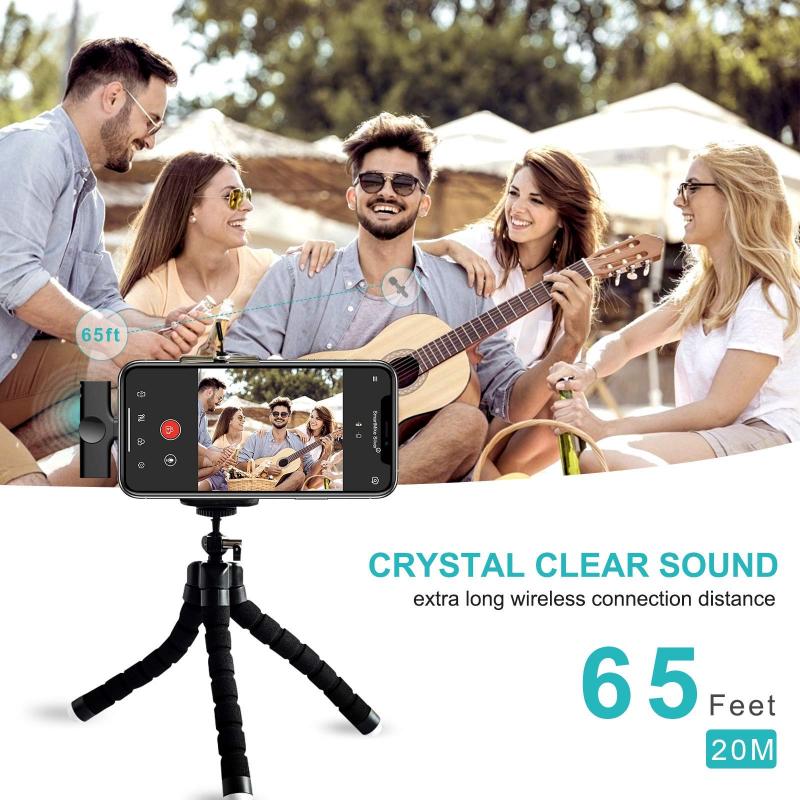
Using Built-in Tools
macOS Mojave and later versions have a built-in screen recording tool accessible via the Screenshot toolbar.
1. Open Screenshot Toolbar: Press `Cmd + Shift + 5` to open the Screenshot toolbar.
2. Select Recording Area: Choose whether to record the entire screen or a selected portion.
3. Enable Sound: Click on "Options" and select your microphone under "Microphone" to record external audio.
4. Start Recording: Click the "Record" button to start.
5. Stop Recording: Click the stop button in the menu bar or press `Cmd + Ctrl + Esc`.
Using QuickTime Player
QuickTime Player also offers screen recording capabilities.
1. Open QuickTime Player: Launch QuickTime Player from the Applications folder.
2. New Screen Recording: Go to `File > New Screen Recording`.
3. Enable Sound: Click the drop-down arrow next to the record button and select your microphone.
4. Start Recording: Click the record button to start.
5. Stop Recording: Click the stop button in the menu bar or press `Cmd + Ctrl + Esc`.
Screen Recording with Sound on iOS
Using Built-in Tools
iOS devices have a built-in screen recording feature.
1. Enable Screen Recording: Go to `Settings > Control Center > Customize Controls` and add "Screen Recording."
2. Start Recording: Open Control Center and tap the screen recording button (circle icon).
3. Enable Sound: Long press the screen recording button and tap the microphone icon to enable external audio.
4. Stop Recording: Tap the red status bar at the top of the screen and confirm to stop recording.
Screen Recording with Sound on Android
Using Built-in Tools
Many Android devices come with built-in screen recording features.
1. Open Quick Settings: Swipe down from the top of the screen to open Quick Settings.
2. Start Recording: Tap the screen recording button (if available).
3. Enable Sound: Ensure that the microphone option is enabled to record external audio.
4. Stop Recording: Swipe down to open Quick Settings again and tap the stop button.
Using Third-Party Apps
If your device doesn’t have a built-in screen recorder, you can use third-party apps like AZ Screen Recorder or Mobizen.
- AZ Screen Recorder: This is a free app with no time limits or watermarks.
- Setup: Download and install AZ Screen Recorder from the Google Play Store.
- Start Recording: Open the app and tap the record button.
- Enable Sound: Ensure that the microphone option is enabled in the app settings.
- Stop Recording: Swipe down to open the notification panel and tap the stop button.
- Mobizen: Another popular screen recording app with additional features.
- Setup: Download and install Mobizen from the Google Play Store.
- Start Recording: Open the app and tap the record button.
- Enable Sound: Ensure that the microphone option is enabled in the app settings.
- Stop Recording: Swipe down to open the notification panel and tap the stop button.
Common Issues and Troubleshooting
No Sound in Recording
- Check Audio Settings: Ensure that the microphone is enabled in the screen recording settings.
- Update Drivers: On Windows, make sure your audio drivers are up to date.
- App Permissions: Ensure that the screen recording app has permission to access the microphone.
Poor Audio Quality
- Use an External Microphone: For better audio quality, use an external microphone instead of the built-in one.
- Reduce Background Noise: Record in a quiet environment to minimize background noise.
- Adjust Audio Settings: Some apps allow you to adjust audio settings for better quality.
Recording Stops Unexpectedly
- Check Storage: Ensure that you have enough storage space on your device.
- Close Background Apps: Close unnecessary apps to free up system resources.
- Update Software: Make sure your operating system and screen recording app are up to date.
Screen recording with sound is a valuable tool for various purposes, from creating tutorials to capturing important moments. By understanding the different methods available on Windows, macOS, iOS, and Android, you can choose the best approach for your needs. Whether you use built-in tools or third-party software, following the steps outlined in this article will help you achieve high-quality screen recordings with sound. If you encounter any issues, the troubleshooting tips provided should help you resolve them quickly. Happy recording!

